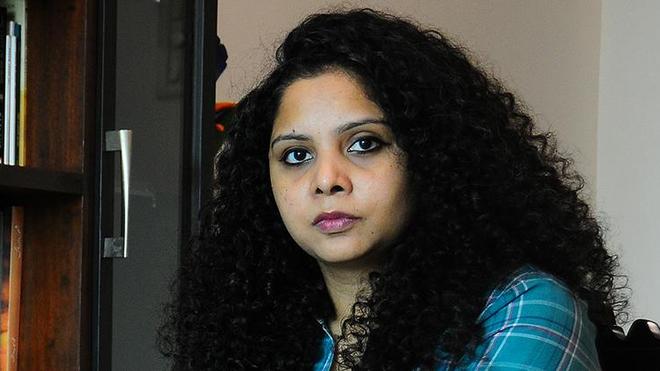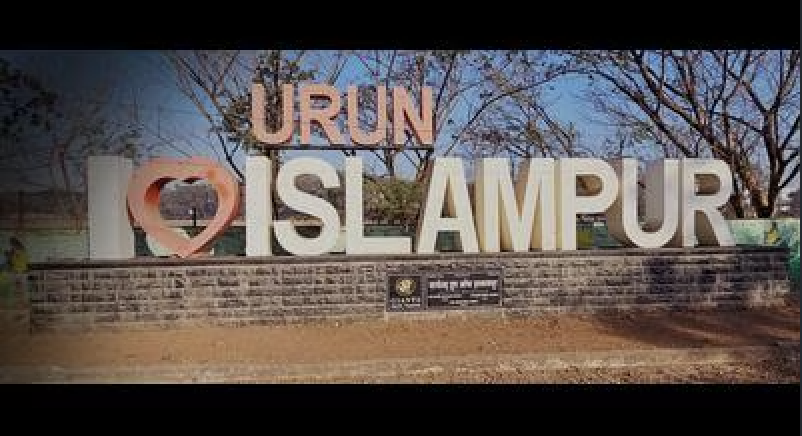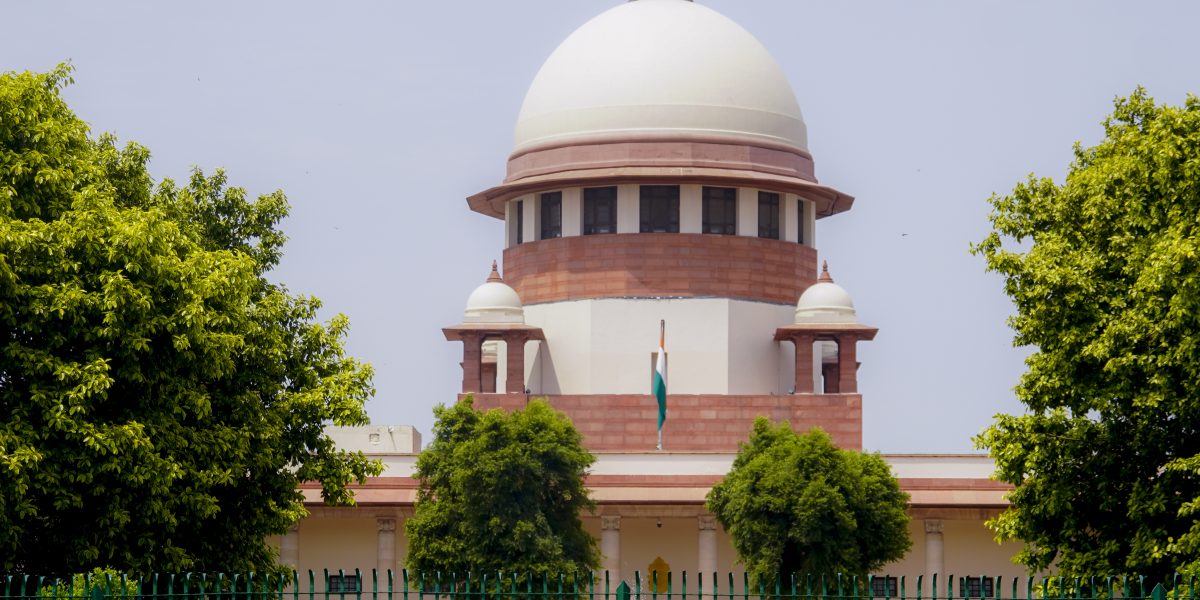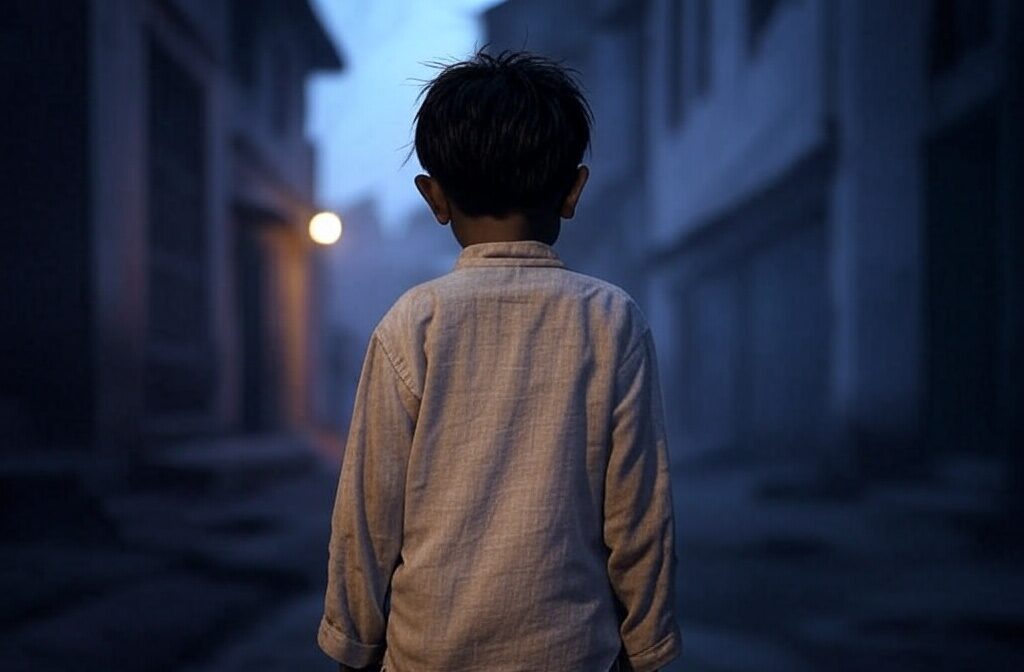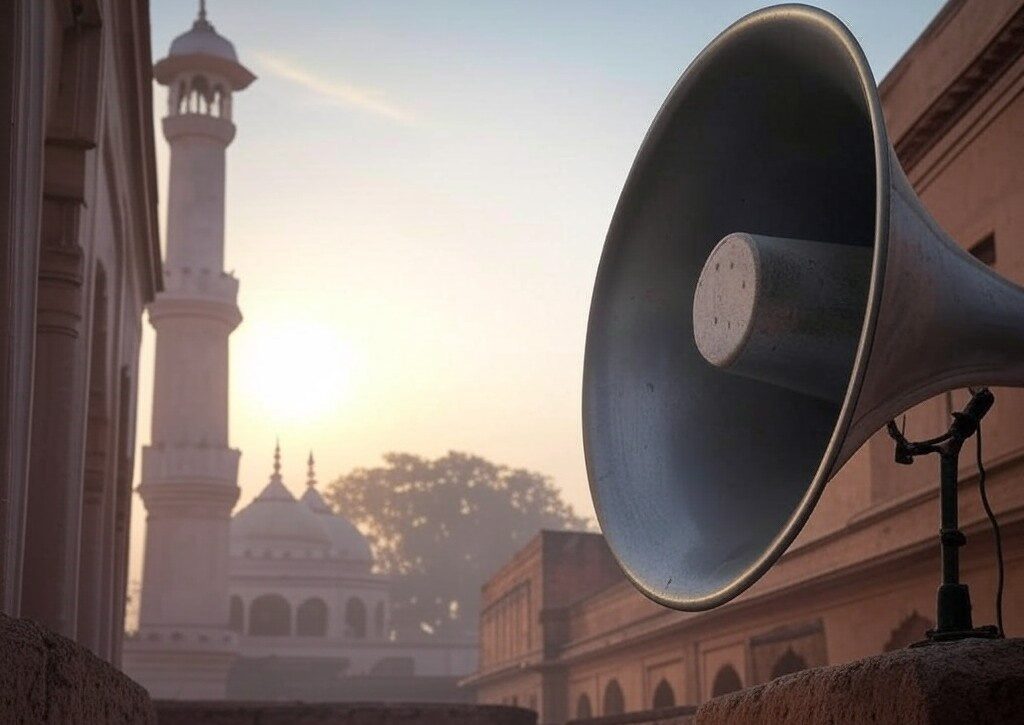In its judgment dated November 9, 2019, a Constitution Bench of the Supreme Court of India, comprising the Chief Justice of India (CJI), Ranjan Gogoi, and Justices S.A. Bobde, Dr. D.Y Chandrachud (as he was then), Ashok Bhushan, and S. Abdul Nazeer interpreted the Places of Worship (Special Provisions) Act, 1991 in the case of M Siddiq (Dead) Through Legal Representatives vs Mahant Suresh Das and Ors. (Ram Janmabhoomi temple case).
The Court gave a binding declaration of the law interpreting the Act, which, under the constitutional scheme, becomes the law of the land and binds all courts within the territory of India under Article 141 of the Constitution of India. Its decisions must be followed by all courts (even the top court) in subsequent cases following the Doctrines of “Precedent” and stare decisis. The rationale is that the law by which the citizens are governed should be fixed, definite, and known.
Constitutional basis to an assurance
The Preamble to the Act states: “An Act to prohibit conversion of any place of worship and to provide for the maintenance of the religious character of any place of worship as it existed on the 15th day of August 1947, and for matters connected therewith or incidental thereto.” The five judges who authored the judgment collectively in the Ram Janmabhoomi temple case defined the Act thus: “The law has been enacted to fulfil two purposes. First, it prohibits the conversion of any place of worship. In doing so, it speaks to the future by mandating that the character of a place of public worship shall not be altered. Second, the law seeks to impose a positive obligation to maintain the religious character of every place of worship as it existed on 15 August 1947 when India achieved independence from colonial rule.”
This story was originally published in thehindu.com. Read the full story here


